ADHD: Disorder or more a Societal Problem?
Attention Deficit Hyperactivity “Disorder” (ADHD) is commonly viewed as a neurodevelopmental disorder marked by inattention, impulsivity, and hyperactivity. But is it only a medical issue, or also a reflection of societal structures?
From a clinical perspective, ADHD disrupts daily functioning – but only due to societal expectations we have to follow in the modern world. Children may struggle in classrooms; adults may battle with organization or focus at work. These challenges are real. Yet, it’s worth asking: are individuals with ADHD inherently “disordered,” or are they mismatched with environments that prioritize conformity, stillness and routine?
Modern society often values linear thinking, long periods of quiet focus, and strict time management. But these are cultural norms, not universal human traits. In fast-paced, stimulation-rich settings or creative fields, people with ADHD often thrive. History shows many innovators, artists, and entrepreneurs had traits resembling ADHD. Perhaps their success came not despite, but because of these differences.
Labeling ADHD strictly as a disorder risks pathologizing natural neurodiversity. Meanwhile, failing to acknowledge its challenges ignores the real need for support and accommodations. The key issue may not be the brain itself, but how society reacts to it.
So, is ADHD a disorder or a societal problem? Perhaps both. It is a condition that can cause hardship, especially in rigid systems. But it also reveals how society often defines “normal” too narrowly. A more inclusive world would recognize different cognitive styles not as flaws to fix, but as variations to embrace.
1. Question Norms, Not Just Symptoms
Before labeling someone (or yourself) as disordered, ask: Is the environment maybe the problem? Reflect on whether the challenges come from a mismatch with societal expectations rather than a personal flaw. Support doesn’t always mean changing the person, it might mean changing the setting.
2. Design for Neurodiversity
If you’re a teacher, manager, or parent, consider adapting spaces and expectations: allow for movement, offer flexible schedules, break tasks into smaller parts, or incorporate creative problem-solving. Small adjustments can make a big difference for people with ADHD and others who think differently.
3. Focus on Strengths, Not Just Struggles
Instead of only managing what’s “difficult,” identify and nurture areas where ADHD traits shine, creativity, spontaneity, energy, or hyper-focus on passions. Shifting from a deficit-based view to a strength-based approach empowers individuals and helps change the broader narrative.


